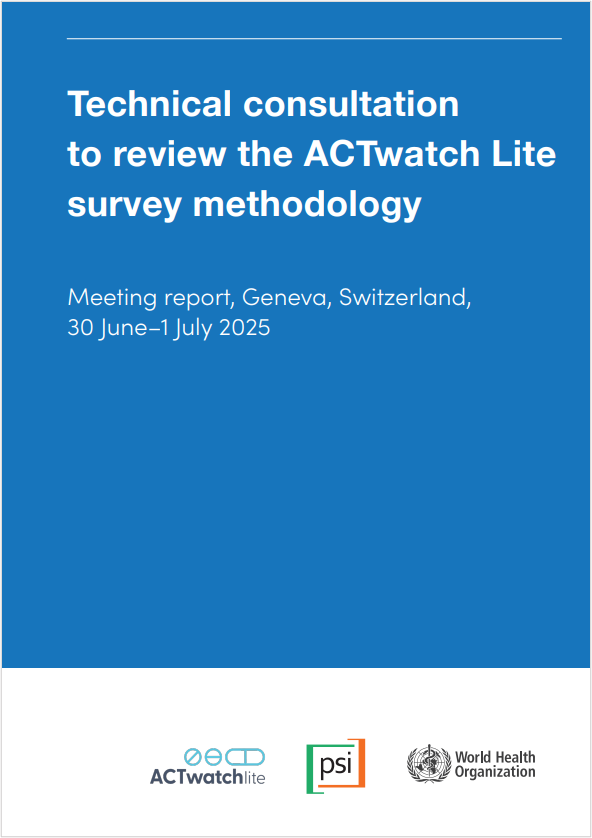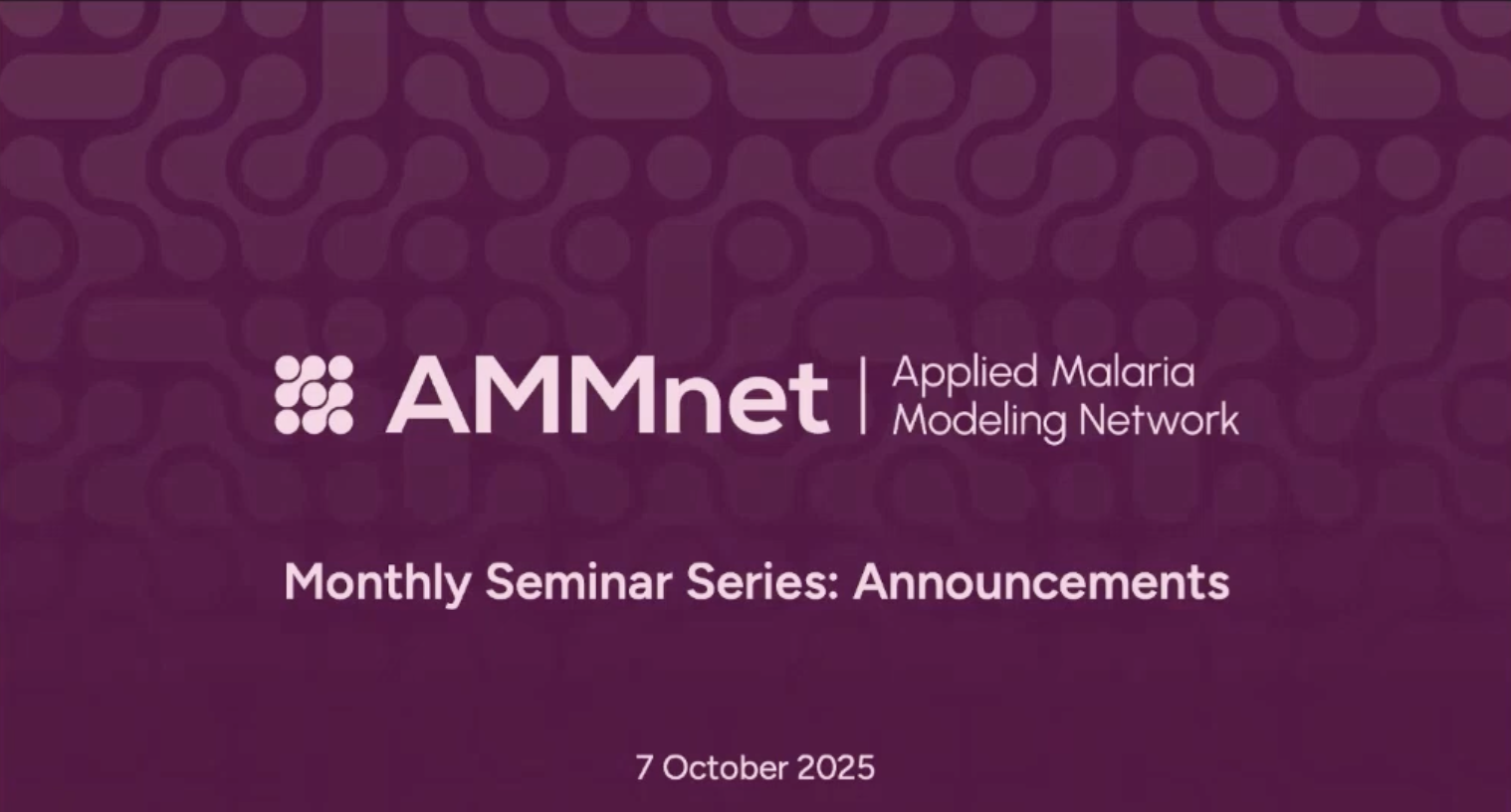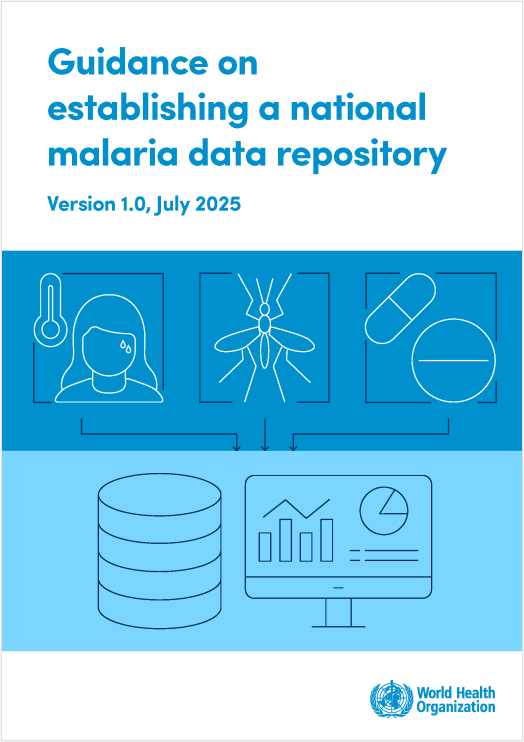Last Updated: 19/12/2024
GIS-based spatial decision support system
Objectives
The key goal of this activity is to develop and pilot a customised SDSS framework and associated geospatial approaches to support enhanced malaria surveillance in Vietnam.
It is anticipated that the development and integration of these geospatial surveillance approaches as part of routine malaria surveillance activities in Vietnam will provide malaria program personnel with an effective and easy-to-use operational tool to detect, locate and classify pockets of malaria transmission; to accurately target appropriate foci-specific interventions in required locations; and to manage the implementation of these interventions to ensure that optimal coverage is achieved.
Specific objectives:
- Undertake the collection of baseline spatial GIS data that is relevant to identifying the specific location of cases and environmental features relevant to malaria control.
- Integrate these data to form a Spatial Decision Support System (SDSS).
- Establish a system of real-time routine data collection of malaria cases from Village Health Workers (VHWs) using mobile phone uploads.
- Use the SDSS to generate live reporting to NIMPE to inform strategic targeted actions for the control of transmission foci and for malaria elimination.
National Institute of Malaria, Parasitology and Entomology (NIMPE) Vietnam, Vietnam
Project methodology:
This activity will serve as the basis for implementation of the project and will guide further activities.
In Vietnam, household level mapping of hotspots will be conducted in Binh Phuoc and Dak Nong provinces to facilitate subsequent enhanced surveillance and targeted interventions. This will be achieved through spatial data collection and enumeration using handheld GPS-enable devices and customised GIS applications.
To support enhanced geospatial surveillance and targeted interventions, a baseline GIS will be built and standardised for the designated areas. Relevant topographic, infrastructure and administrative geospatial data layers (e.g., coastline, elevation, waterways, road networks, administrative boundaries, satellite / aerial imagery etc.) will be collected via available mechanisms, including freely available spatial datasets as well as national and local level data sources. Once collected, these data will be reviewed, cleaned and consolidated. Relevant administrative boundaries will also be acquired so that associated data (epidemiological data and individual cases) can be geo-referenced to their associated geographic location. Once relevant data are geo-referenced, information can be located within a customised GIS so that spatial transmission patterns can be visualised and assessed to support relevant decision-making, including the targeting of priority intervention areas.
Following the geospatial exercise for each target village and the establishing of the foundation GIS database structure, VHWs and commune nurses will be trained in the inputting of case data in real-time into the GIS database system using system compliant smart phones. VHWs will be tasked with inputting both cases they themselves test and treat, as well as cases treated at public/local health facilities. Once cases are identified, the VHW will go to the house of the patient and input the GIS and case information. This then allows for a comprehensive view of case occurrence and clustering within the target villages, permitting early detection of outbreaks and targeted responses.
In consultation with country partners, standardised procedures will be developed, including the implementation of rapid geographical reconnaissance (GR) household mapping to rapidly locate and enumerate target households and support the implementation of planned interventions. Novel field-based survey and remote-area spatial data collection activities will also be conducted in target sites as a means to identify and characterise high-risk population groups such as forest goers and other mobile groups. Rapid malaria case reports will be developed and harmonised with existing routine malaria information system operations.
In target areas, retrospective malaria data will be geo-referenced within the customised GIS at the most detailed resolution possible (at least the village level). Rapidly reported prospective case data will be also incorporated into the customised GIS and mapped to place of residence using the enumerated household GR data, as well as other suspected transmission locations (e.g. forest, forest fringe farms) where relevant. These data will be used to automatically classify and map active transmission foci and support the targeting of appropriate interventions. Population data collected in field surveys will also be used to target non-geographic interventions including Behaviour Change Communication (BCC), community engagement for high risk groups and standby treatments / chemoprophylaxis for forest-goers.
As transmission foci and population specific activities / interventions are implemented, all operations will be monitored within the customised GIS, utilising the detailed geospatial household baseline. Intervention coverage will be automatically mapped and summarised, with areas of poor service delivery highlighted for follow-up.
Oct 2015 — Dec 2016


